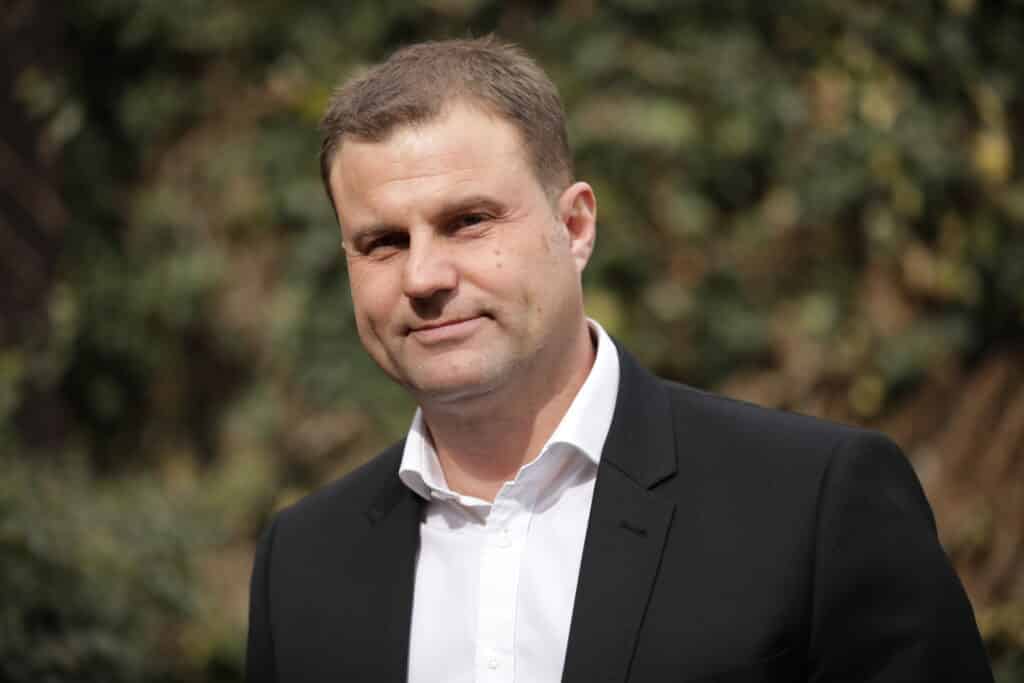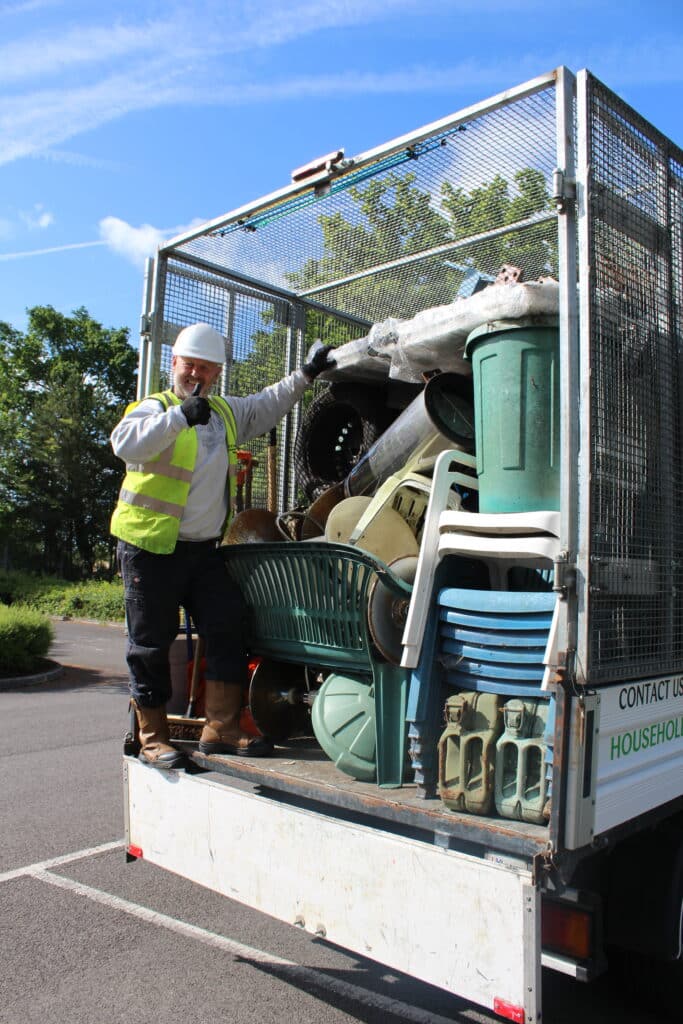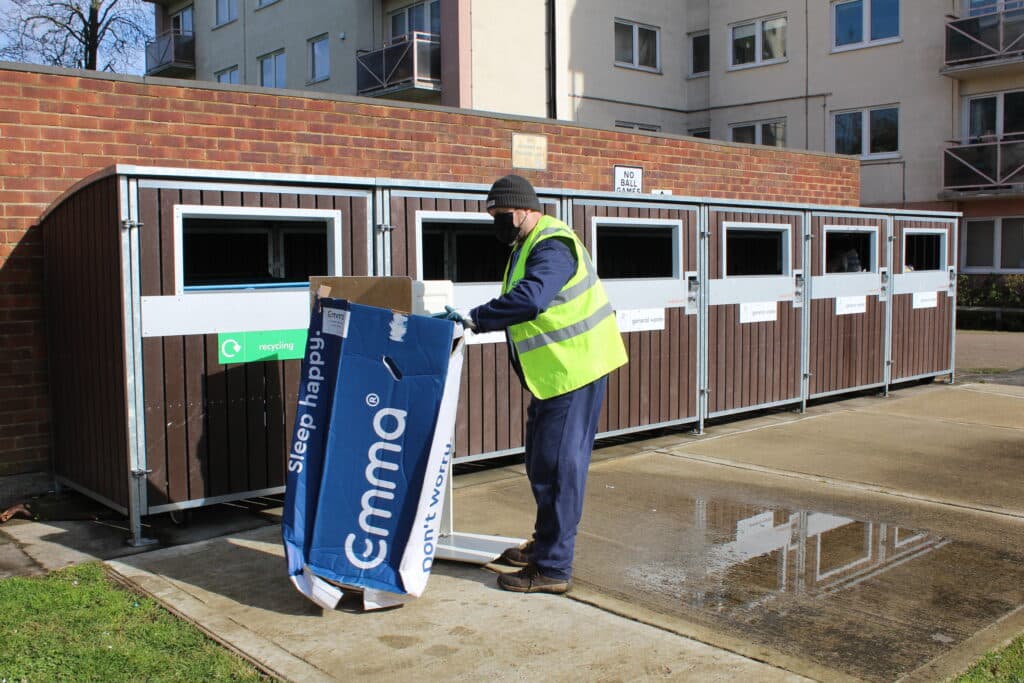Regardless of which aspect of the extensive FM sector is being discussed, value-added service opportunities continue to be featured, with potential to present client-side FMs and service provider businesses with numerous opportunities to enjoy the extended benefits.
This is illustrated within our latest waste management feature, another of the long list of topics that are relevant to the large majority of clients and a high proportion of service provider businesses. The continuing focus on sustainable business practices fits perfectly within this, further supported by the establishment of environment and social governance (ESG) objectives that are seeing rapidly expanding adoption by clients and their supply chain alike.
Perhaps one of the more interesting results from discussions with FM industry professionals is that their waste management projects have frequently proved to be the foundation of initiatives with a much wider focus. Having appreciated the value of improving their management of waste, end clients and service providers have often come to realise that this can then be applied to improve the sustainability credentials of their businesses.
Exploring this topic further, Q3 Services chief operating officer Suart Bellew says: “Looking at the big picture, the main goals of a successful waste management strategy need to focus on protecting the planet, reducing CO2 emissions, and creating a sustainable environment in which we can all live. Breaking that down into more simple, practical, actions for an organisation, or a domestic household, that means delivering measurable waste reduction through increasing the levels of recycling and reuse of our raw materials.
“We have a dedicated waste management operation, advising our clients on ways to manage their waste streams more effectively. We apply circular economy principles and waste hierarchy strategies to reduce, reuse and, recycle before opting to remove to landfill. We employ people who really understand this market and work with a network of specialist suppliers to deliver the strategy. So, there are very few waste challenges we don’t know how to tackle in this complex area and it’s remarkable how much waste-to-landfill saving we can make through simple measures – often achieving reductions of as much as 80%.
“It’s important to practise what you preach and one of the more innovative areas we’ve explored has been around our own redundant IT equipment. We have partnered with the Turing Trust in an ongoing project to recycle computers to those who need them most. The Trust takes unwanted company PCs and laptops, as well as monitors, peripherals, tablets, mobile phones, and cameras and refurbishes them, before shipping them to schools and communities in sub-Saharan Africa. So far, thousands of pieces of tech have been reconfigured and distributed by the organisation in this way, not only reducing the environmental impact caused by junking old machines, but also benefiting the educations of tens of thousands of students and school children in Africa.
“Businesses don’t always associate waste management as part of the solution to net zero, focusing instead on energy and vehicle emissions. But waste cannot be ignored as part of that environmental journey and can often be more cost-effective in terms of ROI,” says Mr Bellew.

Taking his comments further, it is notable that where these practices would previously have been considered too costly or difficult to deliver, they are now seen as essential within daily operations and can even be closely associated with the winning of new business, particularly when clients specify these actions within contracts. Without adopting an approach based too much on cynicism, the majority of industry professionals agree that emerging trends seem far more likely to expand further when they include opportunities that will either attract investment or generate income.
This can be particularly true for any projects included within circular economy initiatives, which are frequently developed as a result of waste management practices. Whether these relate to furniture and equipment being donated or even sold to others for continued use, or any other materials or items no longer required being recycled, the important message is that rather than paying landfill charges or contracting third parties to dispose of them, they are used to help others and generate income.
It can therefore be stated that the best waste management practices will result in adopting a more thoughtful attitude towards unwanted items that then includes the removal of costs and charges, while additionally considering the best means of repurposing these.
Examples include woodworking businesses that were previously having to include the cost of transporting their waste to other sites and potentially paying landfill charges. While some now send this to be burnt at power generation sites, others have seen more benefit from using their waste to feed on-site boilers and reduce their expenditure on fuel for heating and hot water supply.
The rise in levels of understanding of the options available are further emphasised by those who describe the reprocessing of wood waste as ‘no brainer’ exercises, with many now considering far more sophisticated schemes. These range from working in partnership with charitable organisations to those engaging with a wide variety of specialist businesses, some of which operate within the locale of their suppliers or even on an international scale, in some cases.
It can be clearly seen that these schemes greatly enhance the efforts of a company to improve its social engagement, with many projects then further raising the level of the social responsibility of the business. Additional to the benefits enjoyed by the company are those provided to colleagues, charitable organisations and society in general.
The adoption of a realistic attitude needs to be emphasised before these actions are too enthusiastically attributed with correcting all the wrongs in modern society and contributing to world peace, as this is highly unlikely to be the result of improving recycling and waste management practices. They are, however, an effective means to support more responsible business activities, which can only be a positive development and therefore worthy of additional consideration of how they can be extended to include other areas.

Further thoughts on the benefits available through engaging with the circular economy are provided by Malvern Panalytical global segment manager Murielle Goubard, who discusses how the building materials industry can contribute towards a greener future.
“The United Nations estimates that the global population will reach approximately 9.7bn people by the year 2050. This raises concerns about the amount of waste such a vast number of people is expected to produce,” she continues.
“The growing population will lead to a greater demand for housing and infrastructure, which will require more concrete and cement. There is concern that the necessary increase in construction using these materials may have a detrimental impact on the environment.”
Ms Goubard then explains how the cement industry produces the majority of its carbon dioxide (CO2) emissions through two processes: combustion of fuels to heat the kilns; and calcination of limestone, the principal calcium carbonate raw material.
“In the production of ordinary Portland cement (OPC) with 95% clinker, 38% of CO2 emissions per ton of produced cement comes from the utilisation of fossil fuels for heating the rotary kiln. Strategies must be designed to reduce the energy consumption and emissions associated with this process,” she continues.
“Fortunately, researchers are already producing solutions to the waste problem. It has been projected that waste production will increase by 70% by 2050, primarily due to the increasing population. Whilst this is potentially a significant issue, it could be transformed into an opportunity. Utilising waste as a substitute source of fuel could be the answer,” says Ms Goubard.
She further explains that the cement industry has already implemented the use of alternative fuels. The substitution of fossil fuels with fuels derived from waste materials has resulted in a significant drop in emissions, which is one of the major benefits of supporting energy from waste schemes described above.
“Burning waste as a fuel source is beneficial for both communities and manufacturers, as it transforms waste into a productive resource, eliminating the need for costly disposal or storage. Using pre-existing infrastructure conserves further resources, as the heat generated from incineration is harnessed as useful energy, rather than being wasted in a municipal plant.
“Manufacturers also benefit from this method. Substituting pricey fossil fuels with a readily available resource that people are eager to dispose of is cost-saving for businesses,” she states.
However, Ms Goubard continues, there is an issue with this approach resulting from the fact that alternative fuels derived from waste materials tend to vary significantly in terms of the materials they are composed of. On top of this, they may also have different levels of moisture and varied distributions of particle size and can even contain toxic elements such as mercury, thallium, or cadmium which can then result in the generation of illegal or harmful emissions.
“Some other elements like chlorine and sulphur for instance could also have adverse effects on the cement properties and on the process itself. Finally, these variations can also modify the temperature and atmosphere in the rotary kilns, leading potentially to heterogeneous and inappropriate clinker.

“However, this does not imply that these fuels should not be used. Instead, meticulous control protocols should be employed. This will ensure a stable fuel stream, guarantee safety, prevent environmental harm and make sure to get the targeted clinker, leading to the cement with the right composition and properties,” she continues.
The most effective approach to controlling the fuel stream and monitoring its composition is through materials analysis. Ideally, this analysis should be fast and accurate to facilitate efficient operations and maximise value.
One of the prominent techniques includes the use of X-ray fluorescence (XRF) for precise and consistent elemental characterisation, which can be effectively combined with other methods.
Standardless analysis program software can also be used to quantify elements when no matrix-specific standards are available. This is especially useful for alternative fuel applications, where samples may be inconsistent or even unidentified.





